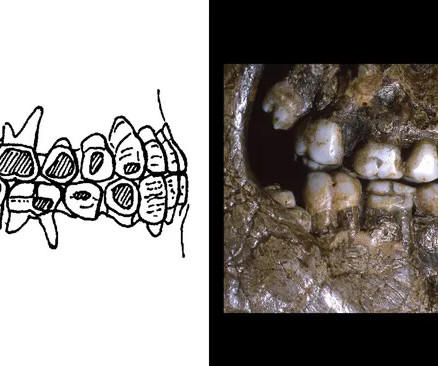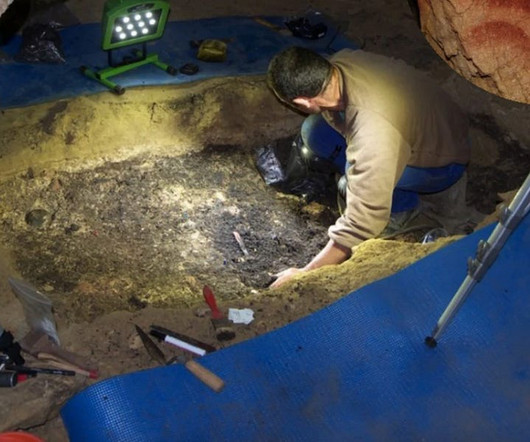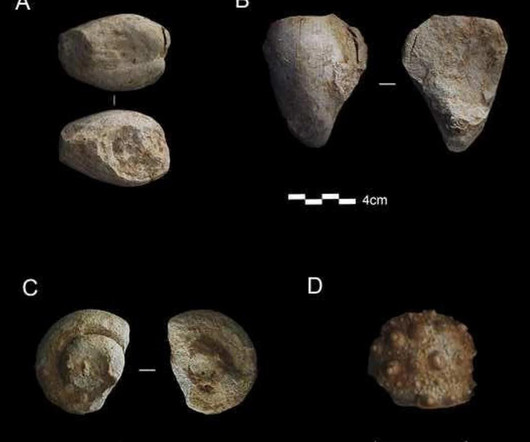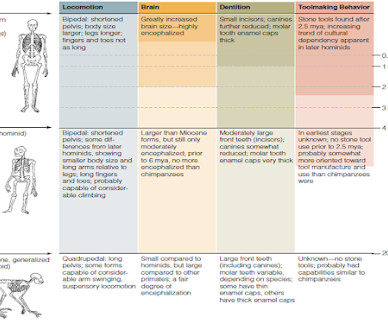Tracing Ancient Roots: How Iron Age Britain Centered on Women
Anthropology.net
JANUARY 16, 2025
By sequencing DNA from 50 individuals interred over centuries, researchers discovered 1 a striking social structure: women, not men, were at the heart of these communities. What we’ve found, however, suggests a sophisticated society where maternal ancestry shaped group identity.” Cambridge University Press.












Let's personalize your content